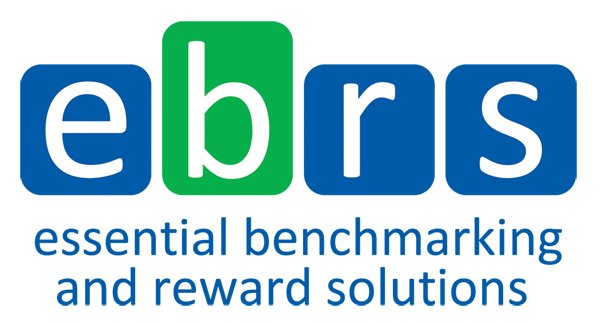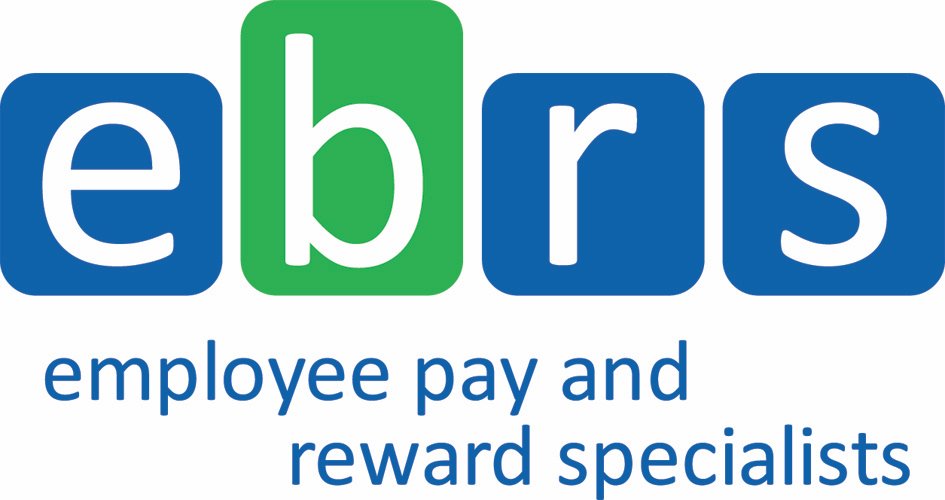Pay and benefits benchmarking
Getting basic pay and employee benefits right is crucial if you are to recruit and retain staff. Using our tried and tested approach, we can provide a robust and objective assessment of the market rate for any of your roles.
We've helped clients who :
are restructuring teams.
are losing key staff to competitors.
have employees who are challenging their pay levels.
are concerned about equal pay risks.
Our findings impact on people’s pay so our benchmarking service is considered, detailed and thorough. We take pride in providing accurate results that relate to your organisation.
Here’s what one recent client told us:
‘We found your benchmarking support incredibly valuable… the research was extensive and it gave us the armour we needed to have an informed discussion with our employee.'
-
Benchmarking helps you to set salaries and test employee benefit levels, taking account of the market for your organisation's size, operating sector and location.
-
The savings made by not paying the going rate for a role can be outweighed by the recruitment and training costs of replacing a valued employee who has been tempted away.
Your employees are more likely to feel that they are being treated fairly if they know that you are regularly using good market data to set pay rates.
Relying on internet searches is not sufficiently reliable to be worthwhile. You aren’t sure of an accurate match nor are advertised salaries necessarily what people are being paid.
-
We start by discussing your organisation and its reward priorities with you. Then, we will use any available job information to work out the size of each role, confirming this with you as necessary.
We take account of role size and external market forces in our advice to make an accurate assessment. As pay benchmarking is about interpreting the available data, we access a wide range of surveys, using our own databases to complete the picture.
If appropriate, we can advise on the sourcing of additional survey data that will help to complete the picture for you.
We will then combine all of the data to provide you with a detailed report. This explains our methodology and background research, so you have the evidence that supports our findings.
-
Brightmine salary database
Covering over a million UK employees, this is constantly updated to provide a strong picture of pay, bonus and benefits based on organisation size, location and sector, as well as the job function and level of your roles.
Our Salary Check database
We have developed a sophisticated database of salary information which we use to assess pay levels that takes account of role sizes and your organisation's profile.
Our Advert Tracker database
Monitoring the advertised rates of a broad range of roles, this provides valuable information for benchmarking and indicates trends in market movements.
-
Your employee benefits offering can say a lot about your organisation's culture and values.
It can help to increase employee engagement with the business and increase the perceived value of your reward package.
Employee benefits can also be used to embed cultural change and to improve recruitment and retention.


